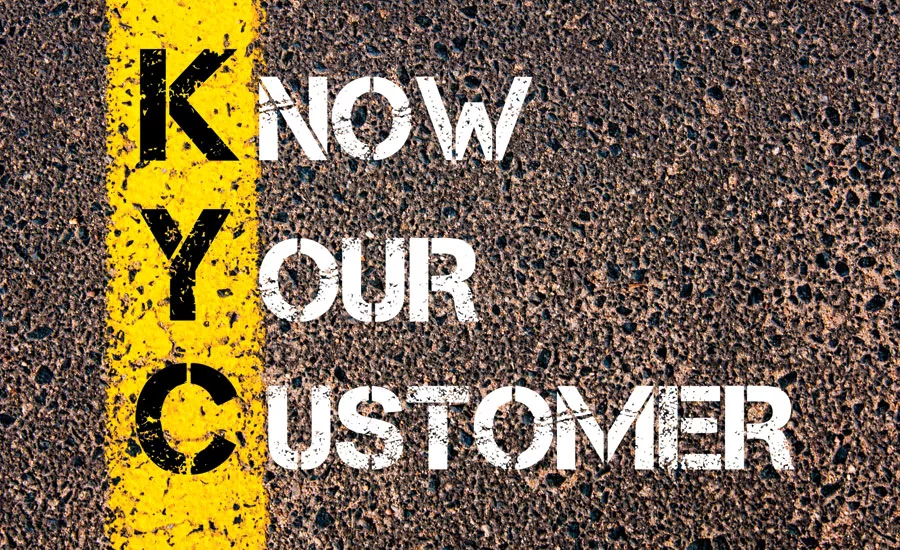The Power of Focus: Understanding Critical Needs of Your Customers (Part 1)
“Ask not what your customer can buy from you. Ask what you can do for your customer.”


This blatant rip-off from President John F. Kennedy’s 1961 inaugural speech points to an important change in marketing required in order to create a competitive advantage for your business. In the past, the quality of your product or service, the “features and benefits” (certified technicians, state-of-the-art equipment, and industry-recommended processes) as we learned to sell back in the day, were the keys to convincing customers that you were the better option. But that has changed.
There’s been a shift in what drives effective competitive differentiation in today’s economy. The strategic question that should be driving your business now is not, “Who else can we find who has a need (or a potential need) for the services we offer?” but, “What else can we do for our customers?” Experts in the marketing field refer to this change as “downstream competitive advantage,” and it turns the typical restoration contractor’s growth strategy on its head.
Let’s examine the implications of this shift on your business:
- How markets evolve is driven by the changes in customers’ buying criteria – what your customers need, want, and value – rather than by improvements in your products or technology.
- Your focus is on the needs of the customer and your position relative to the purchase criteria.
- The source of your competitive advantage lies outside your business. The additional value you bring to your customers is likely to come from a partnership you form with another organization that provides products or services that you cannot currently deliver.
- Your competitive advantage is cumulative. As you continue to add to your offerings in response to customers’ needs, your advantage over your competition grows, rather than eroding over time as your competitors catch up – which is what happens when you continue to simply pursue a “we can do it better than anyone else” approach.
A significant impact of this change in strategy is the need to narrow your focus in terms of the market segments or customer groups you target. Your success will now be driven by your company’s ability to understand your customers’ critical needs, and then to forge partnerships and structure delivery of information, products, and services that address those needs. The resources needed to accomplish this will require that you focus on a more select set of customers.
The most significant challenge in this new approach will likely stem from the fact that your ability to sustain a meaningful advantage over your competition depends on your company’s ability to expand its focus beyond what you currently do. You must be willing to venture into areas that aren’t your core competencies. In order to maintain profitable growth, you will need to develop the critical skills of inquiring about and understanding the needs of your customers in areas outside of your services, and effectively identifying and negotiating agreements with organizations that provide solutions for those needs.
Imagine the response from your customers if you could help them address a pressing need. Let’s assume that you are currently serving the “eldercare” market. You have your business development team focused on nursing homes, memory care facilities, and retirement communities that may or may not include medical care. Your services include everything from carpet, tile, grout and hard surface maintenance to full-service restoration. You probably have Emergency Response Plans (ERPs) in place with some of these customers. The problem is that most of your competitors can provide exactly the same thing.
But what if your business development reps brought you feedback that the single biggest challenge these organizations face is the ability to find, hire, and retain the right kind of employees? Those with compassion. Those whose overriding concern is the health and happiness of the residents. And what if you could help them do just that?
Here is where the ability to develop partnerships comes in. There are clearly companies out there who specialize in the assessment and recruitment of potential employees. When you develop a relationship with a partner who can deliver those services—through you— and you market them to potential customers as part of the value you provide, you have created a powerful differentiator for your company. How many of your competitors would then be in a position to say, “We can do everything they can do”?
Better understanding your customers and their needs, and positioning your company as the best option for addressing those needs, are the keys to success in today’s evolving market. Borrowing a term from Michael Porter’s business strategy work, what this marketing strategy helps you to do is create barriers to entry for your competition. With services, like in the elder care example, that are focused on the customers’ most critical needs, you are building relationships based on a more holistic and deeper involvement with your customers – relationships that your competitors cannot replace. As a bonus, you will also be generating more revenue from each customer.
In Part II of “The Power of Focus,” I will explore the impact this strategic change has on the planning, training, and success of your business development representatives and the opportunities that come along with it.
Looking for a reprint of this article?
From high-res PDFs to custom plaques, order your copy today!







